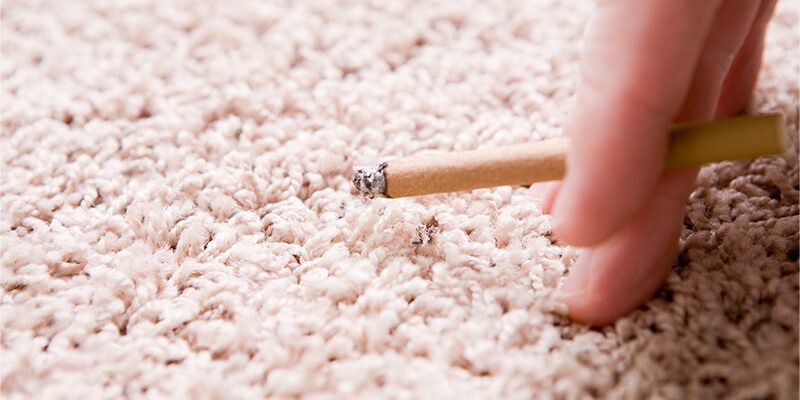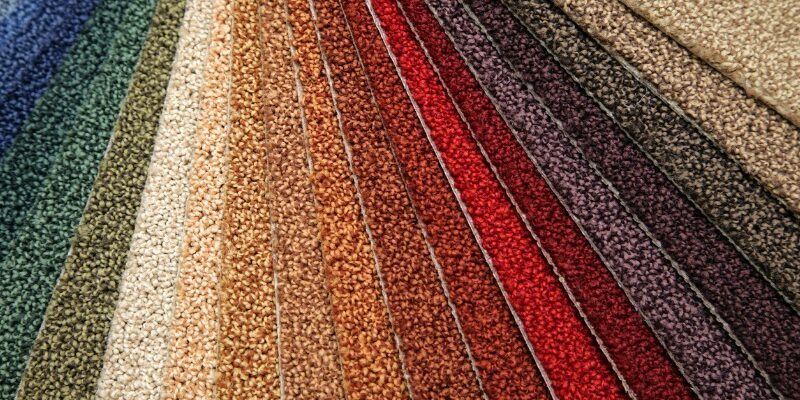All About Absorption

What does it take to absorb something? Absorption is the infusing of substances within a solid which is called the absorbent.
Whereas there is just one letter difference between the two words, adsorption is where substances are bonded to the surface of a solid. There are many examples where the two words are confused even by reputable resources.
The primary example of where adsorption is confused with absorption is with water. Some sources would say cotton’s absorption of water is between 2,400 percent to 2,700 percent.¬? Still other sources will say around 50 to 60 percent.¬? The difference is that the higher numbers are likely reflecting a combination of both adsorption and absorption. So how does absorption take place?
Mechanics of absorption
- There must be a similar polarity
- There must be a capillary in the absorbent
- There must be wetting
Polarity
In this case we are talking about whether something is either water-loving or oil-loving. When something is water loving we say it is hydrophilic. Hydro is a Latin or Greek root meaning “water;” philic is Latin or Greek for “like.”
When something is oil-loving, we say it is oleophilic. If it does not like oil, then it is oleophobic. Oleo is a Latin or Greek root for “oil;” phobic is a Latin or Greek root for “fear.” When something is hydrophilic, it is oleophobic; when it is oleophilic, then it will be hydrophobic.
Everything in chemistry and physics is either polar, nonpolar or somewhere in between. As a result, absorbents either absorb water, oil or a little bit of both. For example, wool is hydrophilic and polypropylene is oleophilic. Many sources would determine wool’s absorbency at 35 percent, while one source puts polypropylene’s water absorbency at 0.025 percent.¬?
Capillary action
A capillary is like a little canal or tunnel. When these capillaries fill with liquids, they increase the size of fibers. If a substance does not have capillaries, then it would be hydrophobic and oleophobic. An example would be a fluorochemical protectant. While it is non-polar, both oil and water will bead on its surface.
For woven textiles, the increase in filament size causes a decrease in the size of the fabric. Thus, the preferred way to clean woolen garments is to dry clean them in order not to shrink them. In contrast, when solids dissolve in liquids, they do not increase their volume. An example is salt dissolving into water.
Wetting
Wetting is the uniform distribution of liquids over the surface of a solid. In other words, the liquid must uniformly adsorb before it can absorb. The contrast to this is when liquids bead on a surface.
When liquids bead on surface, it is because of surface tension. Surface tension is measured in a unit called dyne centimeters. The surface tension of pure water is 72.6 dyne centimeters. Surfaces are measured in surface energies. Therefore, for liquid to bead on a solid, the surface tension of the liquids needs to be greater than the surface tension of the solid.
Thus, most folks know that when cleaning with adsorption, wetting is crucial. For instance, bonnets need to be damp before cleaning, and adsorbent compounds contain absorbed water.
Adsorption
In most cases, for a substance to adsorb onto a surface, it must be sticky. A good definition for stickiness is when a substance has a stronger attraction for another solid compared to itself.4For the most part, stickiness is a non-reactive form of chemistry. When it is reactive, it normally turns into something that is no longer sticky. Many glues would be an example of this.
The non-reactive forms of chemistry that create stickiness are called hydrogen bonding and Van der Waals forces, which generally deal with surface area. Hydrogen bonding is the force that makes water bead. It is also why soil from shoes sticks to wet carpet. In nearly all cases, stickiness is created from oily substances; it is not made from substances like sand.
Summary
There are five types of chemistries used in nonreactive detergency. Absorption and dissolving are the only two forms that can remove soils that have absorbed into a fiber. Suspension, emulsification and encapsulation only remove adsorbed soils.
One of the advancements in the cleaning standards is represented inthe R-100 where it says:
“States of matter and polarity are the foundational concepts that detergency is based upon. Practical understanding of these topics is essential.”
A common issue with dissolving is that the liquid frequently becomes a gas. Organic gases are commonly either flammable, toxic or both. Absorption frequently has an advantage in that it does not become a volatile organic compound.
Sources:
- THE NEW ENCYCLOPEDIA OF TEXTILES, third edition, page 71
- https://www.tri-sis.ca/absorbent.html
- https://www.devold.com/outdoor-en/useful-tips/facts-about-wool/124/0/
- https://www.thenakedscientists.com/HTML/questions/question/1000174/
James Jim” B. Smith is an IICRC-approved instructor and a senior practicing inspector and part of the voting consensus of the IICRCS1OOcleaning stan¬?dard. His educational studies come from Texas A&M University and the University of Houston. He has been in the cleaning industry since 1975. For more information, visit his website atwww.carpetinspector.com/jbs, call (972) 334-0533 or (800) 675-4003, or email[email protected].












